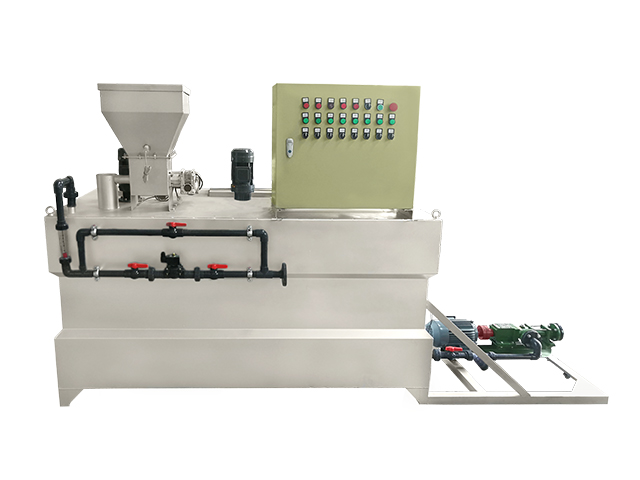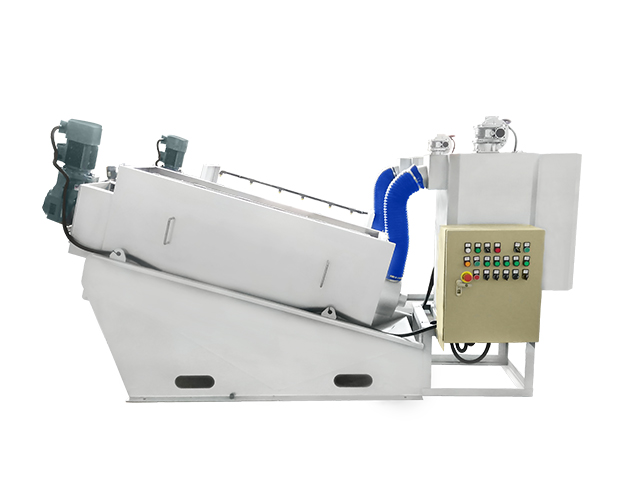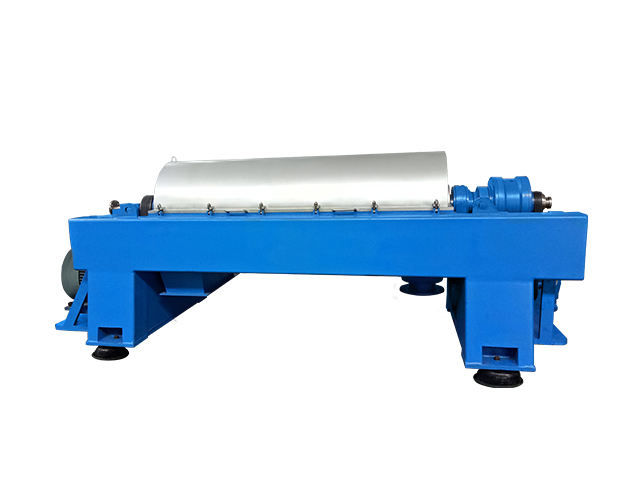
Brief analysis of chemical sewage treatment technology
Industry News
With the development of China’s economy and the continuous improvement of science and technology, the chemical industry has gradually occupied the leading position of the national economy. The problem of chemical pollution also arises. There are many reasons for chemical pollution: various types of chemical products, complex components of toxic and harmful substances, large amount of sewage discharge, complex technological process, etc.
1. Current situation of chemical sewage treatment
There are a variety of toxic substances in the chemical sewage, its water quality characteristics are: complex composition, large pollutant content, destruction of water balance, toxic components. In order to seek high profits and reduce costs, some enterprises directly discharge these sewage into rivers without scientific and reasonable treatment, thus causing irreparable harm to the environment. Therefore, it is urgent to take effective and targeted measures to deal with the chemical sewage.
2. Main chemical sewage treatment technologies
2.1 Chemical treatment
Chemical treatment method refers to using chemical reaction to recover, separate or soften pollutants in the sewage, including oxidation, neutralization, electrolysis, ion exchange and dialysis.
2.1.1 Neutralization
Neutralization method is mainly used to treat the sewage containing acid and alkali, such as chemical agent drainage, oil tank washing water and boiler water. After neutralization, the pH value of the alkaline sewage will be 11-12, and the pH value of the acid sewage will be 1-2. The neutralization methods of acid-base sewage mainly include mutual neutralization, filtration neutralization and dosing neutralization.
The method of neutralization of acid and alkali sewage is the recovery and utilization of sewage. If after neutralization, it still can not meet the requirements of treatment, then it is necessary to carry out the method of dosing neutralization.
Dosing neutralization method has certain effect on any concentration of acid-base sewage. Lime, limestone, caustic soda and soda ash are usually used for dosing, among them, caustic soda is most commonly used.
Filtration neutralization method is generally applicable to the treatment of sewage containing nitric and hydrochloric acid. Marble, limestone are used as filter materials.
2.1.2 Oxidation reduction
Oxidation reduction method is to use the nature of chemical oxidation and reduction to transform toxic substances into non-toxic or less toxic substances, so as to achieve the purpose of sewage treatment. It can be divided into ozone oxidation-reduction, wet oxidation and sonochemical oxidation.
Ozone oxidation-reduction method mainly uses ozone, which has a very light oxidation capacity. It has a significant effect on the treatment of phenol containing sewage and the reduction of COD and BOD, but the capital investment is very large.
Wet oxidation is a method to oxidize the organic substances in the sewage by using the oxygen in the air in the sealed vessel with high temperature and pressure. Because the whole process is carried out in the liquid, it is called wet oxidation. Compared with other sewage treatment methods, wet oxidation method has good treatment effect, wide range of use, fast oxidation speed, and can increase the recycling the materials.
Sonochemical oxidation method is to use ultrasonic wave to effectively treat chemical sewage, especially the refractory organic substances.
2.1.3 Flocculation
Flocculation is one of the important means of chemical sewage treatment. By adding flocculants to the sewage, the stable state of colloidal particles in the sewage will be destroyed and the flocs will be formed. The commonly used flocculants are aluminum salt and iron salt. Due to the low price and high efficiency of inorganic polymer flocculants, they have been used by more and more enterprises. At present, compound flocculant has been used to treat sewage in China, and the effect is obviously higher than that of single flocculant.
2.2 Physical treatment
Physical treatment method is to use the physical function to separate, recover and treat the pollutants in the sewage. The most commonly used physical treatment methods are membrane separation and adsorption.
Membrane separation method is to separate different substances in the sewage by using membrane, the state of substances will not be changed. It has the advantages such as wide application range, simple operation and high treatment efficiency. The common membrane separation methods are electrodialysis, reverse osmosis, microfiltration, liquid membrane and so on.
Adsorption method is: in the process of flow, the gas or liquid will contact with porous particles, porous particles selectively absorb the components in the flow of substances, so as to achieve the purpose of sewage treatment. The main forces of adsorption are electrostatic force and chemical gravity. In the process of sewage treatment, the common adsorbents are activated carbon, zeolite, carbon fiber activated clay and so on.
2.3 Biological treatment
Biological treatment method is to use microorganisms to degrade organic substances, so as to achieve the treatment of dissolved or colloidal substances in the sewage. Due to the different types of microorganisms involved in the treatment, the biological treatment can be divided into aerobic biological treatment and anaerobic biological treatment. At the same time, according to the different states of microorganisms in the sewage, it can be divided into activated sludge method and biofilm method and biological contact oxidation method.
2.3.1 Anaerobic biological treatment
Anaerobic biological treatment technology is a new technology which uses anaerobic organisms to decompose the organic substances in the sewage under the anoxic environment. In the process of treatment, sludge production is low, the methane and other gases generated by decomposition can also be recycled as fuel.
2.3.2 Activated sludge process
Activated sludge process is to use the microbial community suspended in the sewage to absorb and oxidize the organics in the sewage. Activated sludge is mainly composed of three stages: adsorption stage, oxidation stage, flocculation and sedimentation stage. In the adsorption stage, a large number of microorganisms propagate and gather on the surface of activated sludge to adsorb organics. In the oxidation stage, the adsorbed organic substances will be oxidized and decomposed. In the flocculation and sedimentation stage, the oxidized organics will be flocculated and deposited.
2.3.3 Biofilm method
Biofilm method mainly uses the growth and reproduction of aerobic microorganisms, protozoa, metazoa to form biofilm to adsorb and degrade organic substances. The cultivation process of biofilm can be as follows:
(1) Send the domestic sewage into the aeration tank, which is equipped with carriers, such as filter materials.
(2) After the domestic sewage and filter materials contact for a long time, biofilm will be formed on the surface of filter materials.
(3) Discharge the industrial wastewater into the tank, to be domesticated and cultivated.
2.3.4 Biological contact oxidation method
Biological contact oxidation method is a kind of biological treatment method between activated sludge process and biofilm process. Biological contact oxidation method is to set up biofilm carriers in aeration tank, generally, packings are used as carriers. During aeration, the oxygenated sewage fully contacts with the biofilm in the packings and the suspended activated sludge. The combination of the biofilm and the suspended activated sludge has the advantages of impact resistance and high efficiency, and has a very promising future.
3. Conclusion
With the continuous update and progress of science and technology, the technology of chemical enterprises is also developing, and the chemical sewage is becoming more and more complex. There are many ways to treat chemical sewage. Generally, the treatment methods are determined according to the different components of sewage. At present, the main treatment methods are chemical treatment, physical treatment and biological treatment, and they are gradually developing towards the integration of of three technologies.


